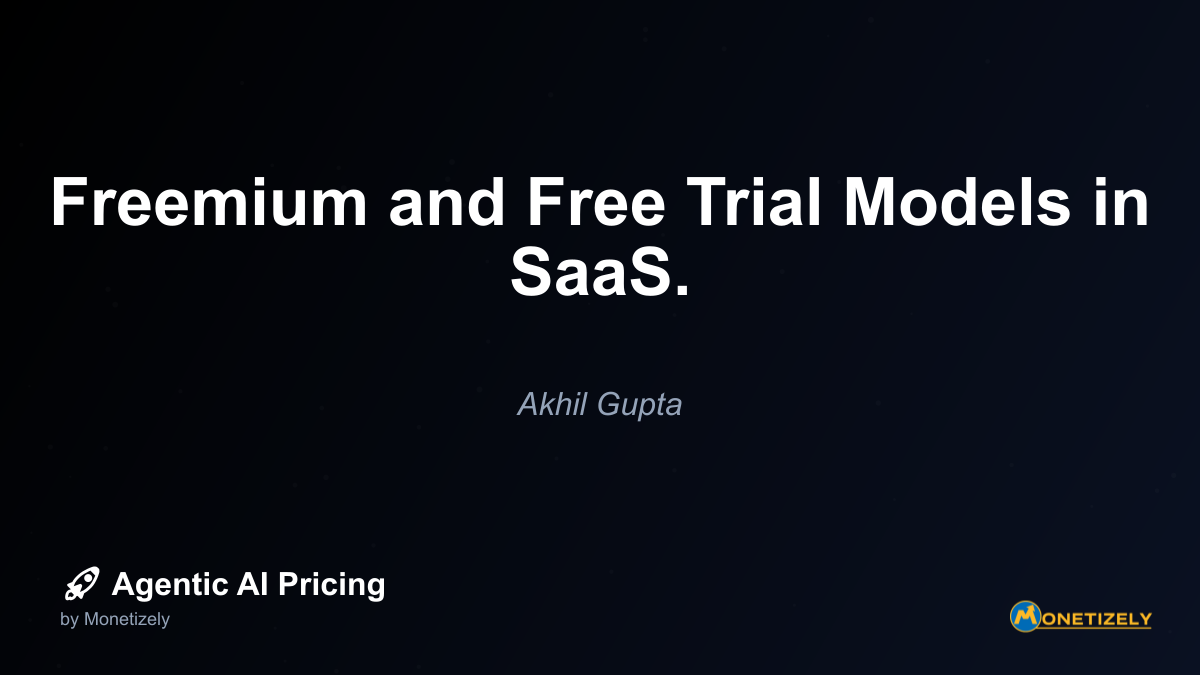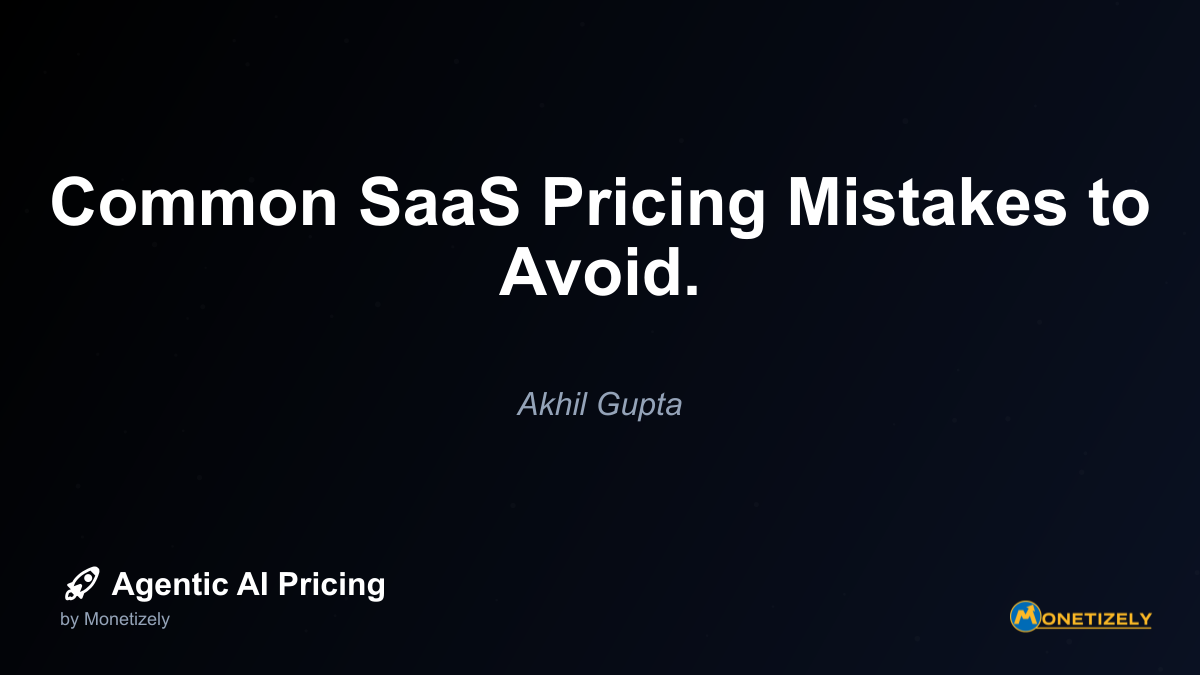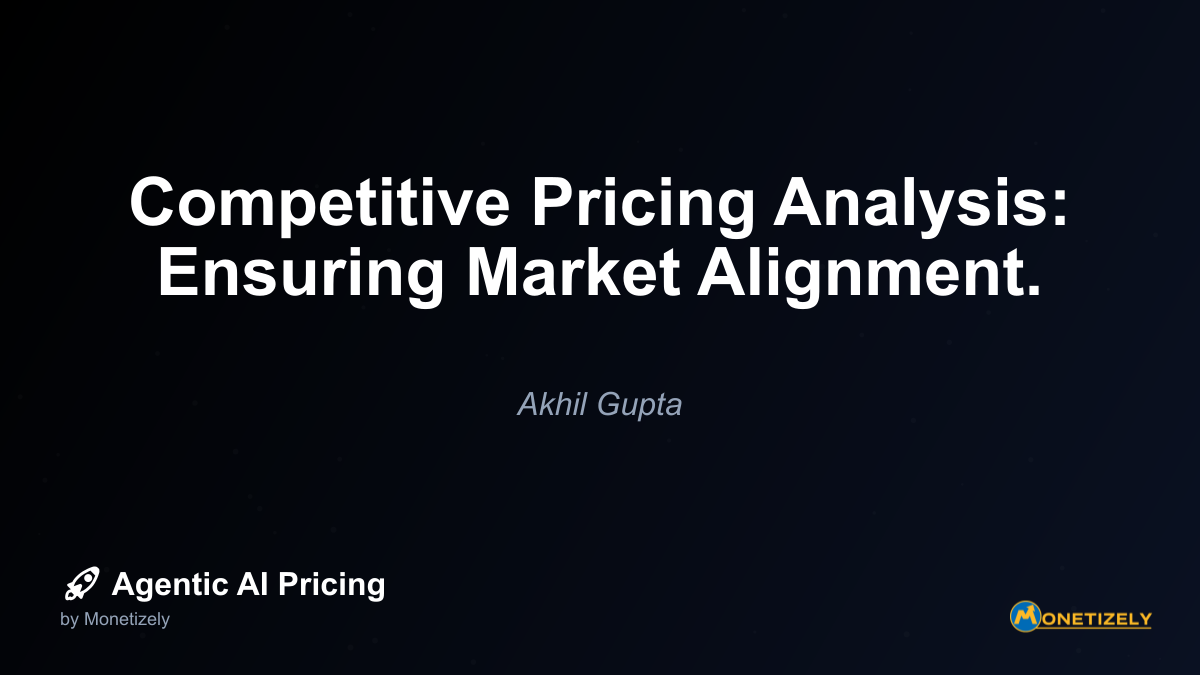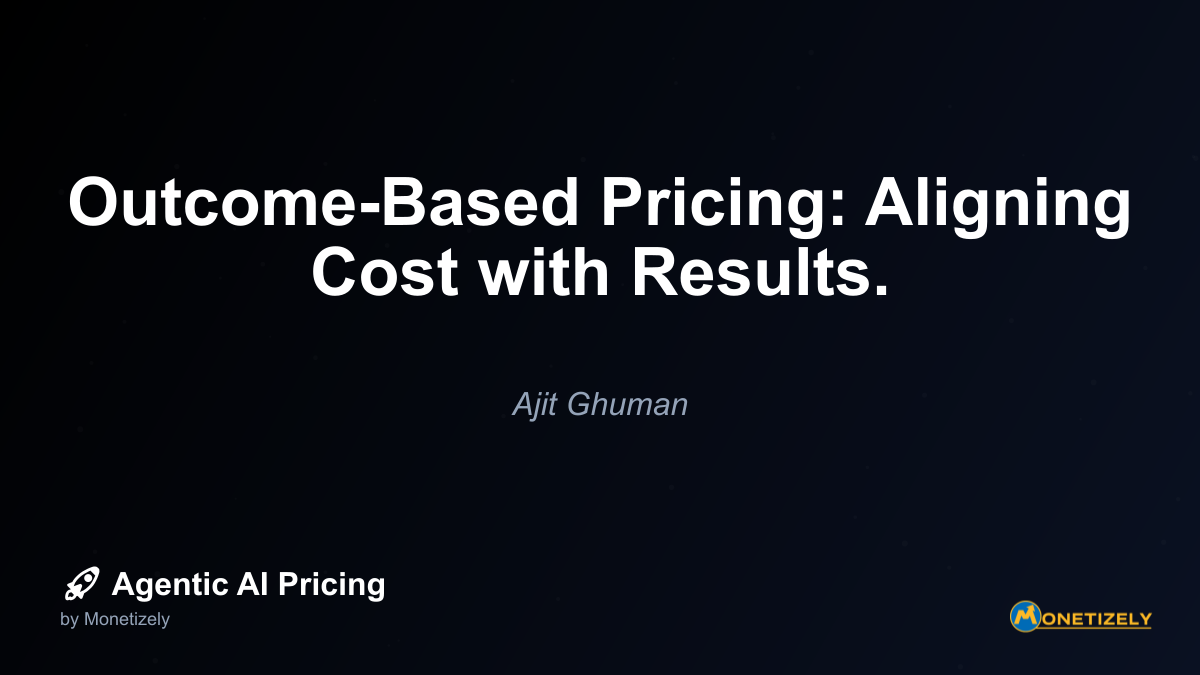· Akhil Gupta · Pricing Fundamentals · 6 min read
Freemium and Free Trial Models in SaaS.
AI and SaaS Pricing Masterclass
Learn the art of strategic pricing directly from industry experts. Our comprehensive course provides frameworks and methodologies for optimizing your pricing strategy in the evolving AI landscape. Earn a professional certification that can be imported directly to your LinkedIn profile.

Implementing Free Access Models for Agentic AI Products
Agentic AI solutions present unique considerations when implementing free access models due to their computational requirements, value demonstration challenges, and often complex user learning curves.
Resource Management for Freemium AI
For agentic AI products, the freemium model requires careful resource allocation to remain economically viable:
- Usage quotas: Limit API calls, processing time, or computational resources rather than features
- Capability tiers: Restrict sophistication levels (response quality, model size) rather than core functionality
- Domain limitations: Allow full functionality but only within restricted subject areas or workflows
Companies like OpenAI have successfully implemented this approach by offering limited GPT access for free while reserving higher-quality, faster responses for paying customers.
Value Demonstration for AI Free Trials
Agentic AI products often face a “cold start” challenge—their value increases dramatically with personalization and learning. Free trials must be designed to overcome this barrier:
- Pre-trained starting points: Provide industry or role-specific configurations to accelerate value demonstration
- Guided use case implementation: Offer structured onboarding that walks users through high-value scenarios
- Success templates: Include pre-built workflows that showcase capabilities without extensive setup
By addressing the cold start problem, free trials can demonstrate the full potential of agentic AI within the constrained trial period.
Conversion Optimization Strategies
Regardless of which free access model you choose, specific tactics can significantly improve conversion rates:
1. Feature gating based on user behavior
Rather than implementing static feature limitations, consider dynamically revealing premium features based on usage patterns. When users approach the limitations of their current tier, strategically expose premium capabilities that solve their immediate needs.
This approach creates contextual conversion moments when users experience maximum motivation to upgrade.
2. Educational nurturing sequences
Both freemium and free trial models benefit from strategic education that builds product dependency. Implement automated sequences that:
- Highlight underutilized features with high perceived value
- Provide case studies demonstrating ROI for similar users
- Offer personalized usage insights that quantify potential benefits
For agentic AI products, education becomes particularly important in helping users understand capabilities they might not discover independently.
3. Contextual conversion triggers
The most effective conversion prompts appear at moments of maximum perceived value. Implement triggers that activate:
- After successful completion of high-value workflows
- When users attempt to access gated features
- Upon reaching usage limits during peak engagement periods
- Following positive outcomes that can be attributed to the product
These contextual triggers can increase conversion rates by 3-5x compared to generic, time-based prompts.
The Role of Pricing in Free Access Models
While free access models focus primarily on adoption, their effectiveness ultimately depends on thoughtful pricing architecture:
Value-based pricing tiers
Structure paid tiers around distinct value thresholds that correspond to user segments with different willingness-to-pay levels. Each tier should offer clear incremental value that justifies its price point.
For agentic AI products, consider tiers based on:
- Processing capacity and speed
- Model sophistication and accuracy
- Integration capabilities
- Customization options
- Support levels
Price anchoring through free offerings
Free tiers create powerful psychological anchors that influence perception of paid offerings. By carefully designing the limitations of free access, you can enhance the perceived value of premium features.
For example, limiting free users to basic AI capabilities makes advanced features seem more valuable than they would in isolation.
Expansion revenue pathways
Design pricing architecture that facilitates natural expansion as users derive increasing value. This might include:
- Per-seat pricing that scales with team adoption
- Usage-based components that grow with implementation depth
- Add-on capabilities for specialized use cases
- Enterprise features that become relevant as usage matures
For agentic AI products, this expansion path often follows a natural progression from individual productivity enhancement to team collaboration to enterprise-wide implementation.
Case Studies: Successful Free Access Implementations
Slack: Freemium with Natural Conversion Triggers
Slack’s freemium model exemplifies effective implementation by creating natural conversion pressure through message history limitations. As teams become dependent on the platform, the loss of message history creates sufficient pain to drive conversion.
This approach works because:
- The free tier delivers genuine value without significant limitations
- Usage naturally creates valuable content (message history) that users are motivated to preserve
- Team-based adoption means conversion decisions impact multiple stakeholders
HubSpot: Sophisticated Freemium Ecosystem
HubSpot’s freemium strategy demonstrates how a comprehensive free tier can drive adoption of a complex product ecosystem. By offering genuinely valuable free tools across marketing, sales, and service functions, HubSpot creates multiple conversion pathways.
Their approach succeeds because:
- Free tools solve real problems without feeling crippled
- Each free tool naturally connects to premium capabilities
- Value demonstration occurs organically through normal usage
- Multiple entry points appeal to different buyer personas
Zoom: Hybrid Free Trial and Freemium
Zoom combines elements of both free trial and freemium models. Their free tier offers unlimited one-on-one meetings but limits group meetings to 40 minutes—effectively creating a perpetual “trial” of group functionality that drives conversion when users need extended sessions.
This hybrid approach works particularly well because:
- Core functionality remains available indefinitely
- The 40-minute limitation creates urgency without blocking adoption
- Users experience full value before hitting limitations
- The conversion trigger (meeting time limits) appears at moments of maximum engagement
Avoiding Common Free Access Model Pitfalls
Despite their potential, free access models come with significant risks that require proactive management:
1. The “penny gap” challenge
Research consistently shows that the psychological barrier between free and even a minimal price (the “penny gap”) is substantial. Users who enthusiastically adopt free offerings often hesitate when any payment is required.
To overcome this barrier:
- Ensure premium features deliver clearly differentiated value
- Create compelling events that highlight limitations of free access
- Build product dependency before attempting conversion
- Use social proof to normalize the transition to paid usage
2. Resource drain from non-converting users
Free users consume resources—support time, infrastructure, and organizational focus—without contributing revenue. Without careful management, these costs can undermine unit economics.
To mitigate this risk:
- Implement self-service support for free users
- Optimize infrastructure for cost-efficient free tier delivery
- Set clear internal metrics for acceptable free-to-paid ratios
- Regularly audit free user value beyond direct conversion
3. Devaluation of product perception
Paradoxically, free offerings can sometimes undermine perceived value, particularly for sophisticated B2B solutions where price often serves as a quality signal.
To maintain premium perception:
- Position free access as an educational opportunity rather than a lesser product
- Maintain premium branding across all tiers
- Emphasize the investment behind your technology
- Showcase enterprise customers and complex use cases
Conclusion: Selecting the Right Free Access Strategy
Choosing between freemium, free trial, or hybrid approaches requires careful alignment with your specific business context:
Freemium excels for products with network effects, low marginal costs, and clear upgrade paths. It optimizes for maximum user acquisition and creates a sustainable ecosystem of free and paid users.
Free trials work best for high-value products with immediate utility and straightforward value demonstration. They create urgency and filter for serious prospects.
Hybrid approaches combine elements of both models to address specific market dynamics, particularly for products with both individual and team/enterprise use cases.
For agentic AI products, these considerations become especially nuanced due to computational costs, complex value demonstration requirements, and the rapid evolution of market expectations.
Whichever model you select, success depends on thoughtful implementation that balances acquisition goals with conversion optimization. By carefully designing your free access strategy around your specific product capabilities, target market, and economic constraints, you can create a powerful engine for sustainable growth.
The most successful implementations treat free access not merely as a marketing tactic but as a fundamental business model component that shapes product development, user experience, and long-term value creation.
As agentic AI continues to transform the SaaS landscape, companies that master these free access strategies will gain significant advantages in market education, user acquisition, and ultimately revenue growth—positioning themselves at the forefront of this transformative technology wave.
Co-Founder & COO
Akhil is an Engineering leader with over 16+ years of experience in building, managing and scaling web-scale, high throughput enterprise applications and teams. He has worked with and led technology teams at FabAlley, BuildSupply and Healthians. He is a graduate from Delhi College of Engineering and UC Berkeley certified CTO.
Pricing Strategy Audit
Let our experts analyze your current pricing strategy and identify opportunities for improvement. Our data-driven assessment will help you unlock untapped revenue potential and optimize your AI pricing approach.




